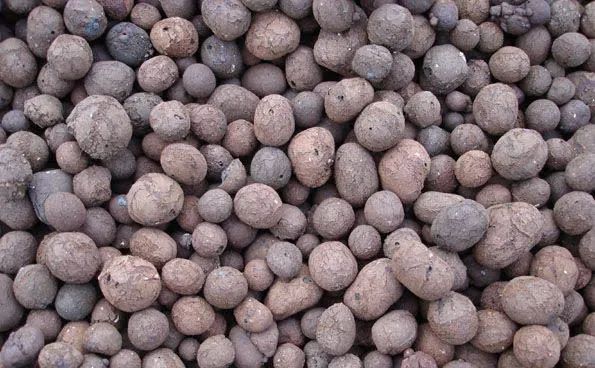What are the uses and finished products of waste rock, tailings and coal gangue?

“Waste rock is a misplaced resource”. Waste rock is not completely useless. The pushing of a large amount of waste rock not only occupies land area, but in the long run, the harmful substances in it will pollute the atmosphere and soil, posing a threat to people’s health. However, after the waste rock is processed, it can be called high-quality sand and gravel aggregate. If we want to realize “turning waste into treasure”, we need to adopt a feasible processing plan to comprehensively recycle and reuse it.
1. Sand aggregate
Sand and gravel aggregates are the most used, indispensable and irreplaceable basic materials for infrastructure projects such as buildings, roads and bridges. However, sand and gravel aggregates are non-renewable resources, and the mining for thousands of years has caused great damage to the earth’s environment. In my country’s metal and non-metal mine industry, in the long-term mining and production process, mines produce a large amount of waste rock and tailings, and the use of these tailings resources can completely replace or partially replace sand and gravel aggregates.
2. Concrete fine aggregate
The use of tailings as fine aggregate for concrete should also consider the same requirements for coarse and medium aggregates. Generally speaking, tailing sand is better than sea sand, because sea sand often contains salt and chloride ions, which is easy to corrode steel bars, and the surface of tailings is rough and angular, which can increase the strength of concrete.
3. Use waste rock as railway ballast
The requirement for railway ballast is that it is not brittle under vibration pressure. Of course, rocks with developed lamellae or bedding are not suitable for use as ballast, while limestone and basalt are more suitable for use as railway ballast.
4. The basic raw materials of cement
The basic raw materials of cement are limestone and clay minerals. Limestone, claystone, shale, etc. are all common waste rocks in mines. In addition, tailings containing corresponding components can also be used as basic raw materials. It should be noted that for the utilization of limestone and claystone, do not just mechanically copy the grade index requirements in the past specifications.
5. Mixing materials of cement
Adding an appropriate amount of mixed materials to cement can not only improve some properties of cement, but also save the consumption of basic materials. Mixed materials are divided into two types: filling and active.
6. Correction raw materials for cement
Iron calibration material and siliceous calibration material. Both feedstocks can also utilize tailings. The tailings of some metal mines have high iron content and can be sold to cement plants as iron correction raw materials; the tailings of some iron mines contain both a large amount of silicon and iron, and can also be used as correction raw materials.
7. For the production of various types of bricks
At present, coal gangue bricks have become one of the main wall building materials to replace clay bricks. Not only can gangue red bricks be fired, but also hollow bricks can be fired.
8. Use tailings ponds to build fields
This technique is to turn wasteland into arable land. In arid areas such as North China and Northwest China, there are often many intermittent or semi-intermittent rivers.
9. Use waste rock or tailings to bury open pits and restore fields
Waste rock or tailings are discharged into open pits that have existed in the past and covered with a certain thickness of arable soil to make it arable. This is the approach some mines are taking.
11. For the production of calcium carbonate
Papermaking white mud, calcium carbide slag, phosphogypsum, alkali slag, etc. contain a large amount of calcium hydroxide or calcium oxide, which can be used as raw materials for the production of light calcium carbonate.
12. Used as raw material of heavy calcium carbonate
Heavy calcium carbonate is mainly used as the main raw material or filler in plastics, rubber, glass, ceramics, toothpaste and other industries.
13. Re-election of tailings to recover valuable components from tailings
Carrying out tailings re-selection is an important measure to improve resource utilization, and it is also conducive to reducing tailings discharge.
In the field of mining, the industrially developed countries in the world have taken waste-free mines as their development goals, and the comprehensive utilization of tailings has been used as a symbol to measure a country’s scientific and technological level and economic development. The utilization rate of foreign tailings can reach more than 60%, and some European countries are already developing towards the goal of no-waste mines.
The mining of river sand is banned, the sand and gravel industry is rectified, the sand and gravel are in short supply, and the price is soaring. The resource utilization of solid waste is particularly urgent, and its recycled materials can replace some artificial and natural sand and gravel aggregates to achieve recycling, which may become a new opportunity.
